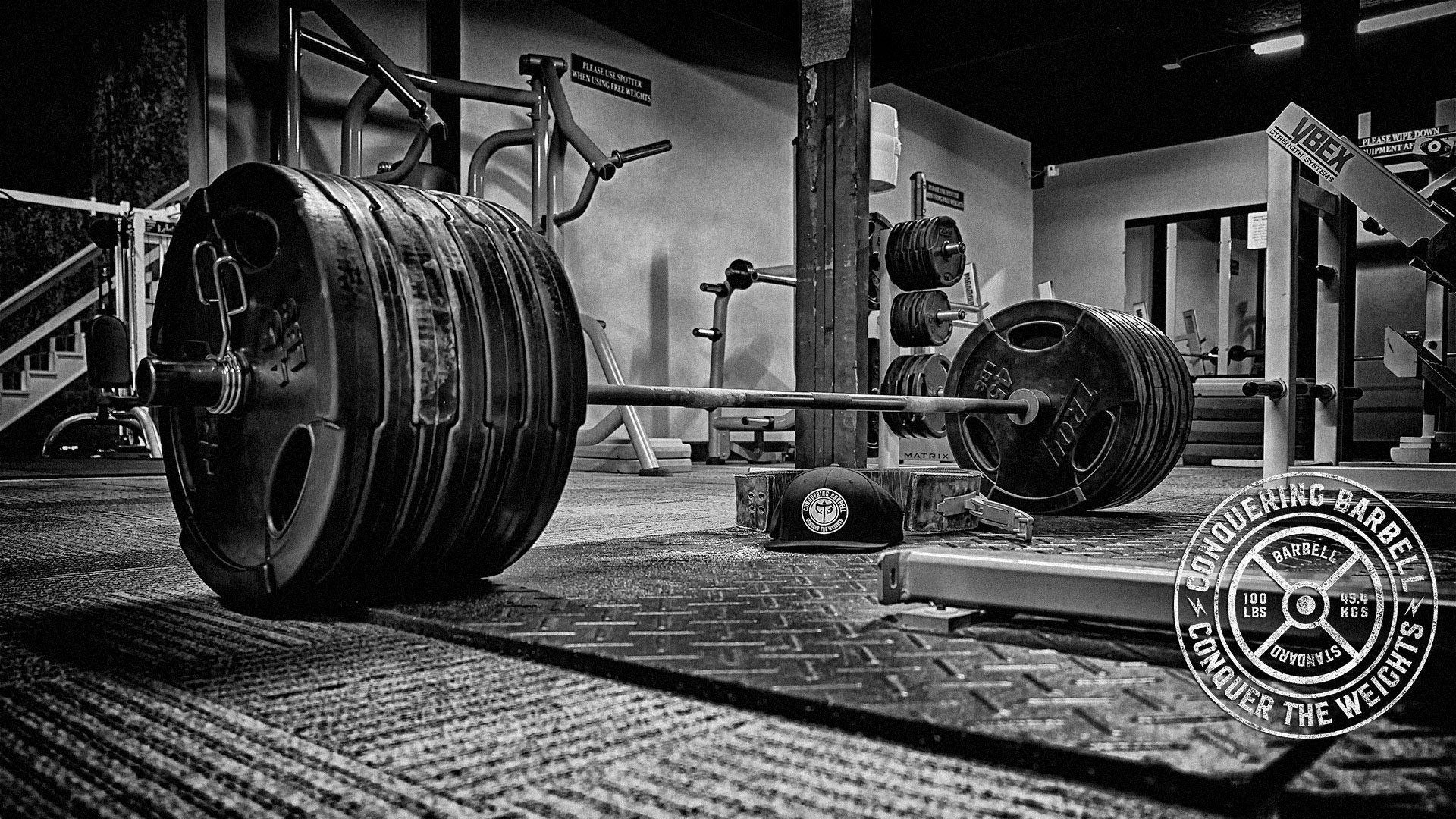When it comes to Olympic barbells people mainly think of a straight stiff bar that we use to bench press with and give it really no other thought which is fine for the beginners or the less than average user. There many different styles, steel, knurling, spin, whip and finish that determines the quality of a barbell.
The steel of the bar is the most important aspect of any barbell. The steel used in barbells will determine the tensile and the yield strength. The amount of weight you can put on the bar is tied to the tensile strength. Barbells yield strength is referring to how much the barbell can bend (flex) and go back to its normal position there after.
To grip the bar you need a type of knurling. Knurling allows your hands to grip to the bar. Majority of people prefer a medium knurling is best due to it being sticky enough to grip, but also smooth enough for comfort. There are bars that have aggressive knurling which are used for training purposes but are not as commonly found in most gyms. Also barbells have different diameters for usually ranging from 28mm to 32mm.
There are two main types of rotation systems in Olympic Barbells which allow spin for the barbell. First there is a bearing system which can include a 4, 6 or 8 bearing system. The bearing system spins faster and can cost more depending on which bearing system you prefer. Second there is a bushing system which is made of either brass or nylon bushing. Bushing systems can take more overall abuse than a bearing system and need to be oiled from time to time, but will last for years to come.
The finish of Olympic barbells relates to the type of environment the barbell is being used in. A raw steel bar is referred to as the best feeling barbell, but it will oxidize quicker compared to a barbell with a finish applied. Black Oxidize barbell is a great median for in terms of oxidation and is less expensive when compared to a finished chrome barbell.

